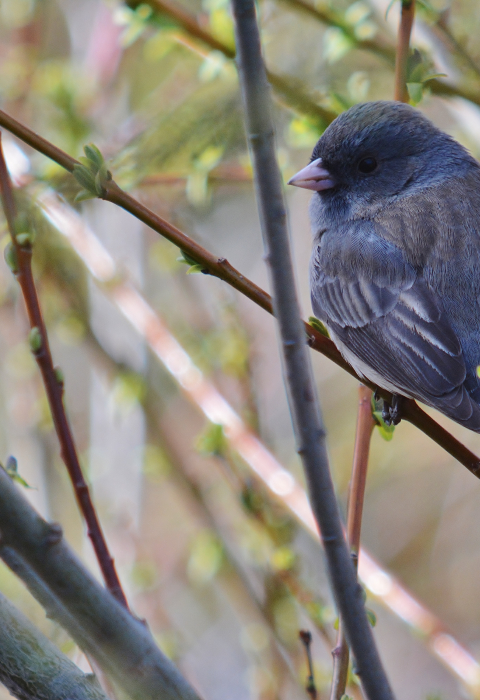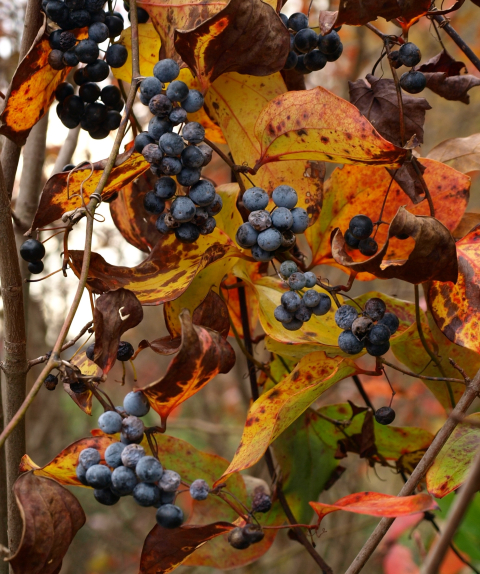Birds Need Early Successional Habitat
Many birds breed in young forest and shrubland (often referred to as early successional habitat), including American woodcock, ruffed grouse, whip-poor-will, golden-winged warbler, and yellow warbler.
These birds nest among thick young trees and shrubs. Even openings as small as half an acre in older forest will quickly be discovered and used.
Northeastern states list more than 40 young forest and shrubland birds as "Species of Greatest Conservation Need" in their State Wildlife Action Plans, blueprints for conserving wildlife and preventing species from becoming endangered. Some of these birds require young forest for breeding, while others use that food-rich habitat in different seasons.
After Breeding
When young birds leave the nest, their parents often take them to stands of saplings and shrubs, where the inexperienced youngsters can feed on insects and fruits while the dense stems shield them from predators. The abundant food helps juveniles develop into adults, and lets both youngsters and their parents build up strength before their strenuous southward migration in autumn.
Learn more about how young forest helps songbirds, including many birds that breed in older forest.
Winter Food and Shelter
Birds that stay in the north during winter seek out young forest and shrubland to find food, such as nuts and seeds, and to take shelter during cold and stormy weather.
State agencies create young forest and shrubland in wildlife management areas. Federal agencies make this valuable habitat on wildlife refuges and in national forests.
Conservation groups and land trusts often add a young forest component to their properties. And many private landowners are stepping up to make young forest.
Foresters for the Birds
The Audubon Society understands that birds' health and numbers depend on their having access to different ages of woods with diverse trees and shrubs. In Massachusetts, Audubon's Foresters for the Birds program helps landowners carefully create young forest and shrubland in places where it can do birds the most good.
Nature writer Scott Weidensaul explains the value of early successional habitat in Old Growth is Great, But Here's Why We Need New-Growth Forests, Too, on Cornell University's All About Birds website.


